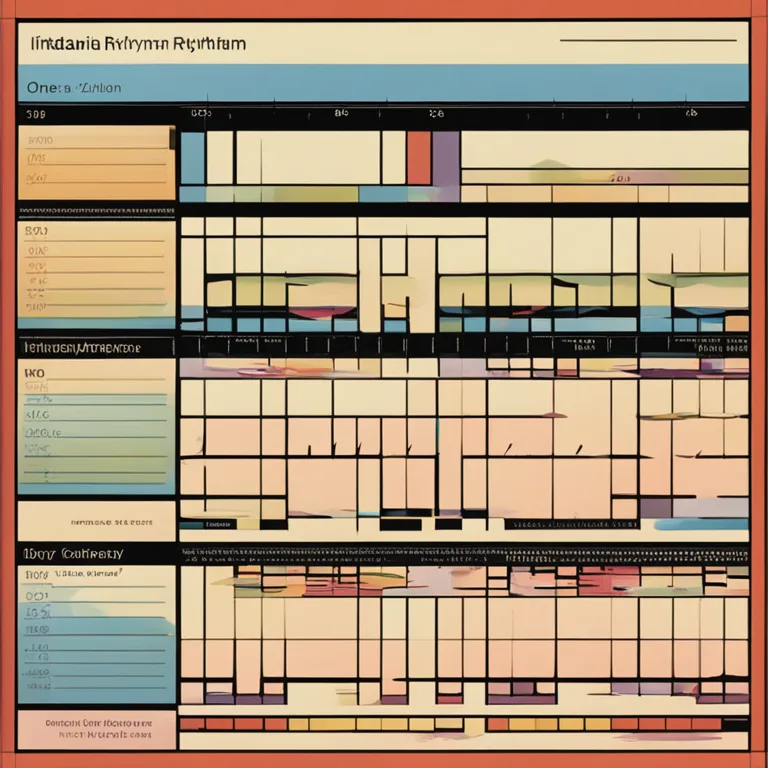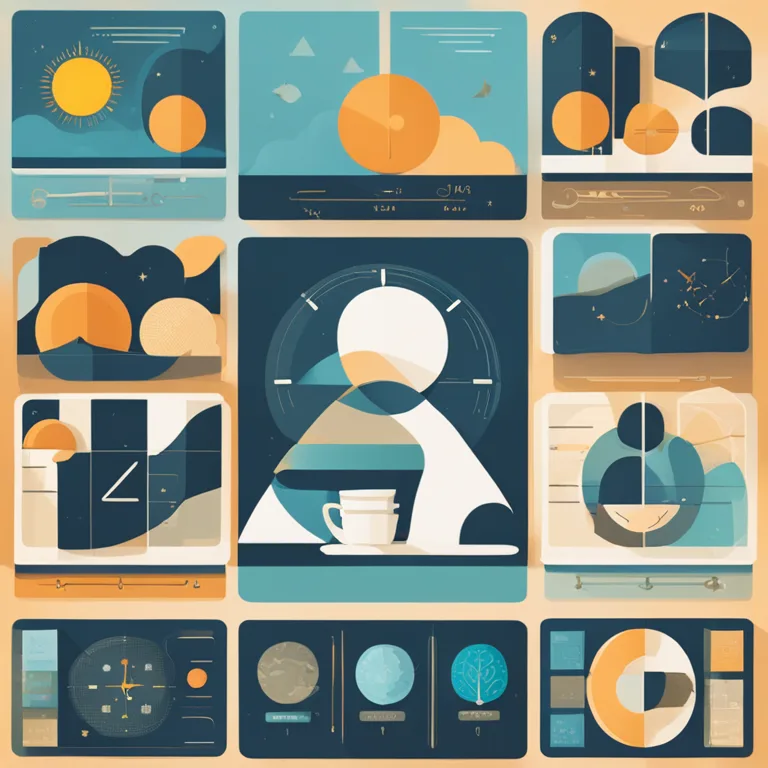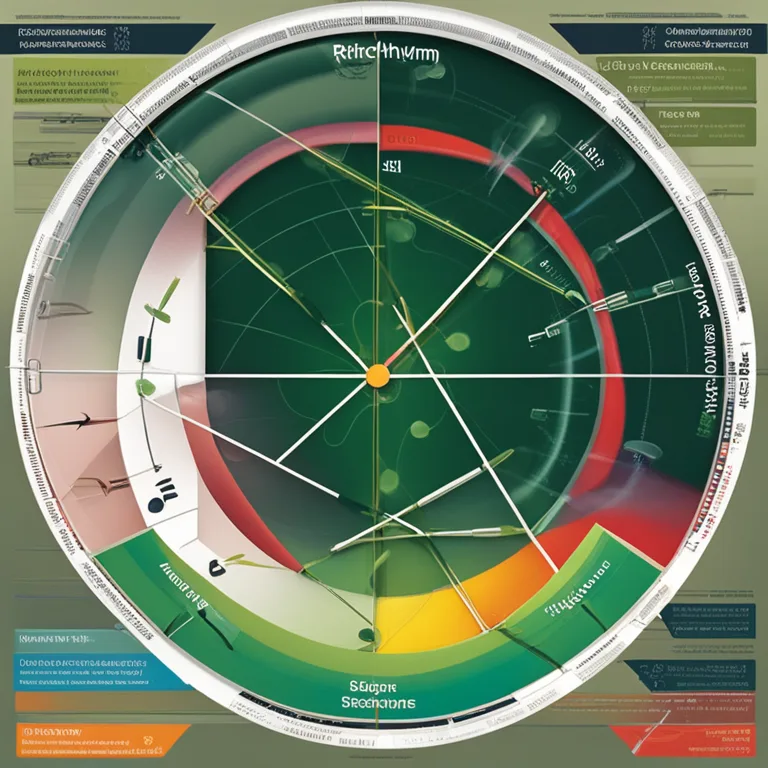
The Rhythms of Life: A Guide to Biological Cycles
Delve into the fascinating world of biological rhythms to understand our body's natural cycles and how they influence our daily lives.
article by Adrian Wallace
Introduction to Biological Rhythms
Biological rhythms are the natural cycles that govern the functions of living organisms. These rhythms allow organisms to anticipate and adapt to regular environmental changes, shaping behavior and physiology in a synchronized manner. Human beings are no exception, with several biological rhythms managing everything from sleep-wake patterns to hormonal fluctuations. In this article, let’s uncover the various types of biological rhythms and their significant impact on our wellbeing.

Circadian Rhythms: Our Daily Guides
Circadian rhythms are perhaps the most widely recognized biological cycles, operating on a roughly 24-hour schedule. These rhythms influence sleep patterns, feeding habits, hormone release, and other body functions. Controlled by the brain's suprachiasmatic nucleus, they respond to cues like light and darkness, hence closely linking our lifestyle with the day-night cycle. Adhering to regular sleep patterns can enhance our circadian rhythm, while disruptions may lead to conditions like insomnia and jet lag.

Infradian and Ultradian Rhythms
Beyond our daily cycles, infradian rhythms unfold over a period longer than a day. An example is the menstrual cycle, typically lasting around 28 days. On the flip side, ultradian rhythms happen more frequently than once a day. The stages of sleep, cycling every 90-120 minutes throughout the night, serve as a prime example of an ultradian rhythm. Understanding these rhythms can provide insights into physical and emotional wellbeing, guiding us in maintaining a balanced lifestyle.

Biorhythms and Personal Wellness
The concept of biorhythms, rooted in a pseudoscientific understanding of these natural cycles, suggests that three fundamental biological cycles (physical, emotional, and intellectual) affect our performance and state of mind. Although the scientific community widely disputes the predictability of biorhythms, they have become a popular tool for those who aim to track their personal rhythms to boost productivity and manage stress.

The Impact of Modern Life on Biological Rhythms
In our modern, tech-driven society, artificial lighting and the round-the-clock nature of many industries can significantly disturb our biological rhythms. The prevalence of electronic devices emitting blue light, for instance, can impede the production of melatonin, the hormone regulating sleep, and thus disrupt our circadian cycles. As we understand these detrimental effects, there's a growing emphasis on lifestyle adjustments and the design of technology to support rather than hinder our natural rhythms.
Aligning Lifestyle with Biological Rhythms
Aligning our lifestyle with our internal clocks can lead to profound health benefits. Strategies such as daylight exposure, consistent sleep schedules, and mindful eating according to our body's natural rhythms can foster improved physical and mental health. Professionals in fields like chronotherapy even use knowledge of these rhythms to optimize the timing of medical treatments, leveraging the body's natural cycles for enhanced efficacy of medications and therapies.
Conclusion: Embracing Our Inner Cycles
Biological rhythms are fundamental to our existence, intricately connected to the environment in which we live. By attuning to these rhythms, we can cultivate a holistic approach to health that encompasses our body’s natural patterns. As we progress further into the 21st century, with rapid advancements in science and technology, the potential for deeper insights into biological rhythms and their application in enhancing human life remains vast and full of possibility.
Published: 12/28/2023
Modified: 12/28/2023
More predictions
Come back here soon to learn more about yourself and your future


Unlocking Biorhythm Calculations
Learn the ins and outs of measuring your biorhythms to align with your natural energy cycles for enhanced well-being and decision-making.


The Concept of Biorhythm Compatibility
Discover the concept of biorhythm compatibility and its role in personal relationships in this comprehensive guide.


Biorhythm: The Significance of Compatibility
Discover the significance of biorhythm compatibility in relationships and how syncing life cycles can impact partnership dynamics.